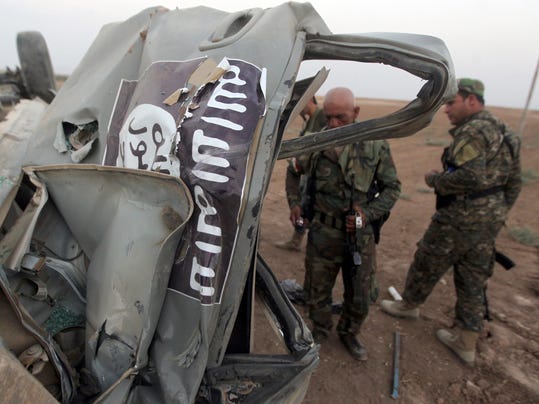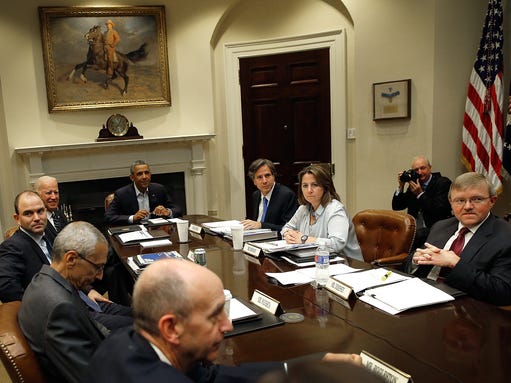System virtually eliminates lag by streaming your next action before you even do it
Cloud gaming may sound like little more than a marketing buzzword, but the idea of running games off of powerful servers and streaming them to small boxes under your TV is incredibly promising. You wouldn't need to buy costly new consoles every five years, and you could play any game in seconds without running to the store or downloading a massive file. And everyone would be able to enjoy some of the best graphics around. There's only one problem: it takes time for game feeds to make it from the servers to your living room, and that delay can make cloud gaming frustrating at best and impossible at worst.
Researchers at Microsoft think they've come up with the solution. They've designed new software called "DeLorean" that predicts what you'll do next. Multiple different scenarios are played out at the same time on the servers, and those few options are then sent to your home before you've even made your next move. When you finally decide who you're going to shoot or in which direction you're going to walk, the image frames are already queued and ready for action on your device at home.
DELOREAN CAN SEE THE FUTURE — SORT OF
The result is a nearly lag-free experience. According to the researchers, testing with real gamers in Doom 3 and Fable 3 revealed that DeLorean made gameplay acceptable at latencies — or delays — of up to 250 milliseconds. Without such a system in place, a latency of 100ms or even 60ms can significantly impede gameplay.
Of course, the system is dependent on the accuracy of its predictions. To get the best predictions possible, the researchers designed the system to use information on how most players proceed through the game, as well as data on your individual gameplay style. In more complex situations, like a shootout, the system will make multiple guesses and pre-cache those on your device at home. And when the system completely misses its guess, the system allows for your device to perform some simple three-dimensional perspective adjustments to one of the incorrect predictions.
In testing with small groups of players, the researchers report that users saw a vast improvement when compared with traditional delays in cloud gaming systems. Some still noticed a delay, but they found it to be acceptable. A more quantitative experiment tested how much damage players took as they progressed through an area in Doom 3. While players took far more damage when playing with as little at 64ms of lag on a typical setup, the difference between players using DeLorean and those on a lag-free system were negligible.
/cdn3.vox-cdn.com/assets/2794609/forza_5-hero.jpg)
It's all extremely promising, but there is at least one major downside: sending multiple different predicted outcomes for each action to users' homes demands quite a bit of bandwidth. In testing, the researchers recorded 1.5 to 4.5 times greater bandwidth usage with DeLorean than a standard setup. Multiplayer gameplay could also be a concern, as there are more human players who can do something unpredictable. In a paper detailing the system, however, the researchers note that current multiplayer systems use a bit of prediction already and that errors and glitches using DeLorean "are no more or less frequent than in standard multiplayer."
Naturally, there's no word on whether Microsoft will ever implement DeLorean into one of its Xbox consoles — if it did, the Xbox One would theoretically be able to play any Xbox 360 or original Xbox game. However, this is far from the first time Microsoft and others have experimented with cloud gaming. Certain Xbox One games currently utilize dedicated Xbox Live servers to reduce the processing load on the console itself. The artificial intelligence in games like Forza 5 and Titanfall use the system, and future games can offload processing of some non-essential elements like lighting effects to servers. Sony, meanwhile, has a more fully-fledged cloud gameplay system with PlayStation Now, which lets PS4 owners rent and play PS3 games that stream over the internet from the company's servers.







